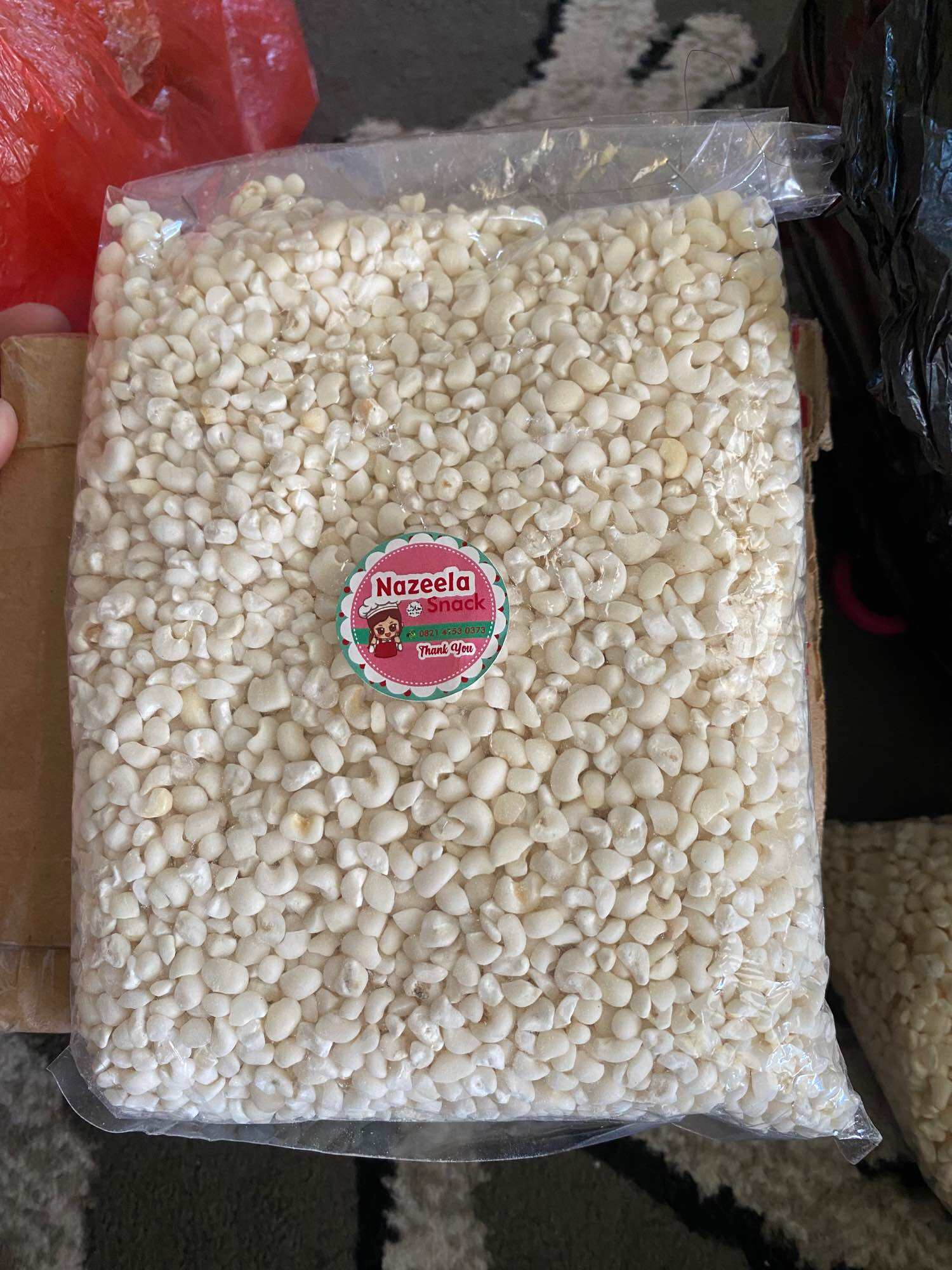Introduction to Jagung Bose
Jagung Bose is a traditional corn porridge that originates from Nusa Tenggara Timur (NTT), particularly from the island of Timor. This unique dish is not just a staple food but also a symbol of cultural heritage and community in the region. Unlike the rice that dominates many parts of Indonesia, jagung bose has been a vital part of the local diet for generations. The dish is made from white corn, which is ground into a paste and cooked with coconut milk, salt, and a variety of legumes. It is often served alongside se’i, a smoked meat dish that is equally iconic in the region.
Cultural Significance of Jagung Bose
In the context of NTT, especially in Kupang and the surrounding areas, Jagung Bose holds a special place in the hearts of locals. It is more than just a meal; it is a representation of the region’s history, traditions, and way of life. The dish is typically prepared during gatherings, festivals, and special occasions, making it an integral part of social and cultural events.
The preparation of Jagung Bose is a labor-intensive process that involves soaking the corn, removing the husks, and grinding it into a fine paste. This paste is then mixed with coconut milk, salt, and legumes such as green beans and red beans. The mixture is cooked slowly until it reaches a thick, creamy consistency. This method ensures that the flavors are well blended, resulting in a dish that is both nutritious and satisfying.
Ingredients and Preparation of Jagung Bose
To prepare Jagung Bose, you will need the following ingredients:
- 250 grams of mature white corn
- 500 cc of coconut milk
- ½ teaspoon of salt
- 50 grams of green beans
- 50 grams of red beans
- 3 leaves of pumpkin, chopped
The process begins by soaking the corn for several hours to soften it. After soaking, the corn is ground into a fine paste. This paste is then combined with coconut milk, salt, and the legumes. The mixture is cooked over low heat, stirring continuously until it thickens into a porridge-like consistency. The addition of pumpkin leaves adds a subtle earthy flavor and enhances the nutritional value of the dish.
Se’i: The Complementary Smoked Meat Dish

Se’i is a traditional Indonesian smoked meat dish that is commonly paired with Jagung Bose. Originating from Kupang on the island of Timor, Se’i is made from pork, beef, or game animals, which are thinly sliced and seasoned with salt and spices before being smoked. The result is a flavorful, chewy meat that is similar in texture to bacon but thicker. Se’i is often served with hot steamed rice, sambal lu’at, and Jagung Bose, creating a balanced and hearty meal.
The Role of Jagung Bose in Local Cuisine

Jagung Bose plays a significant role in the local cuisine of NTT. While rice has become more prevalent in recent years, Jagung Bose remains a cherished dish, especially in rural areas. It is often served during meals as a substitute for rice, providing a rich source of carbohydrates and essential nutrients. The dish is also a favorite among tourists who visit the region, offering them a taste of authentic Timorese cuisine.
In addition to its culinary significance, Jagung Bose is deeply rooted in the cultural practices of the local communities. It is often served to guests as a gesture of hospitality, reflecting the values of generosity and warmth that are central to Timorese culture. The dish is also associated with various rituals and ceremonies, further highlighting its importance in the region.
Conclusion
Jagung Bose is more than just a traditional dish; it is a symbol of the rich cultural heritage and culinary diversity of Nusa Tenggara Timur. Its unique combination of white corn, coconut milk, and legumes creates a flavorful and nutritious meal that has been enjoyed for generations. Paired with Se’i, a smoked meat dish that is equally iconic, Jagung Bose offers a glimpse into the vibrant food culture of the region. As the world becomes more connected, it is essential to preserve and celebrate these traditional dishes, ensuring that they continue to be a part of our global culinary landscape.






